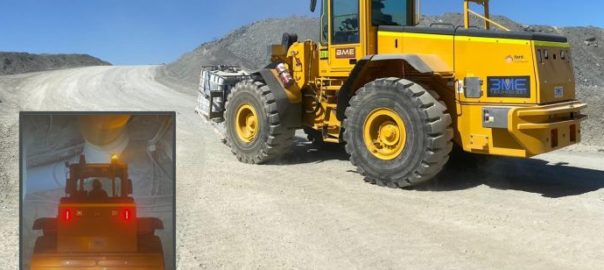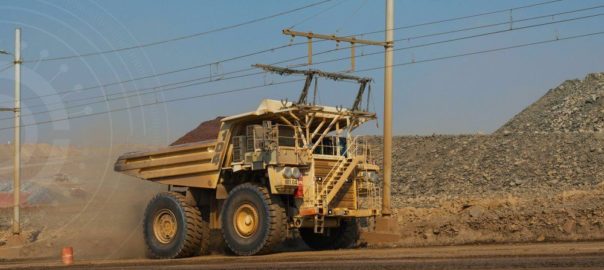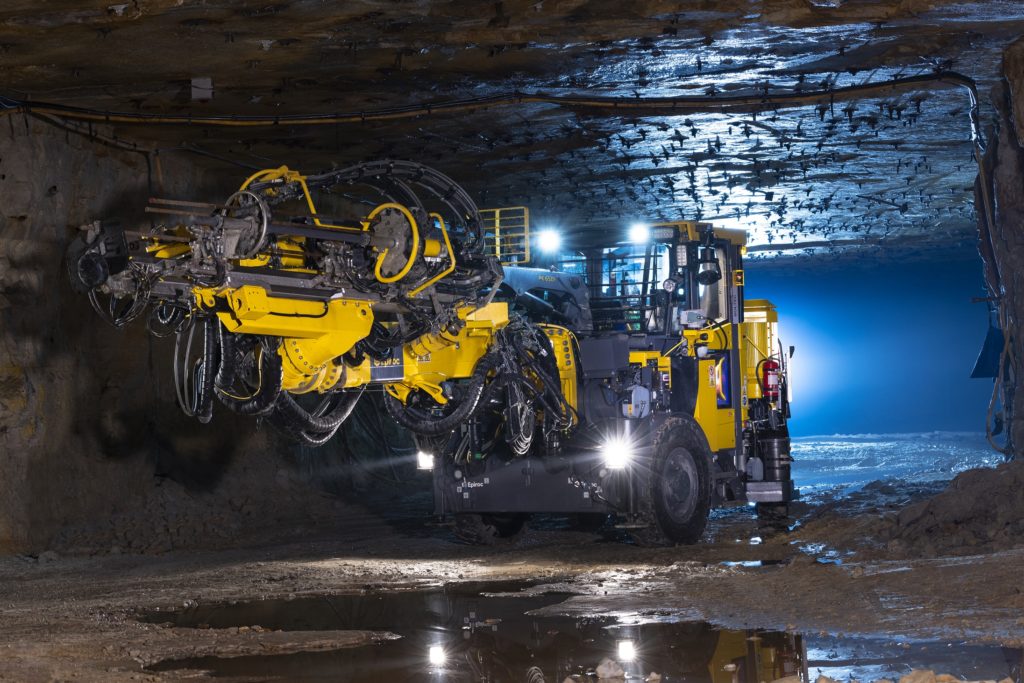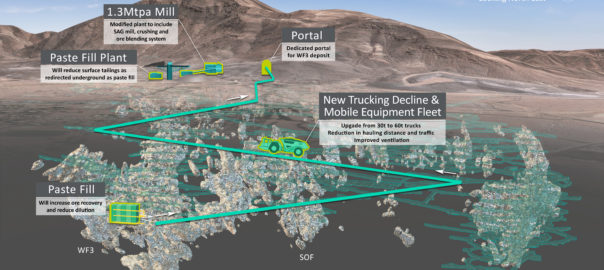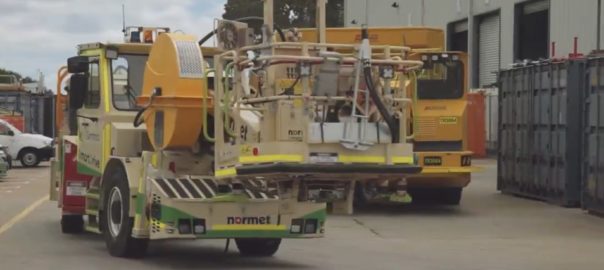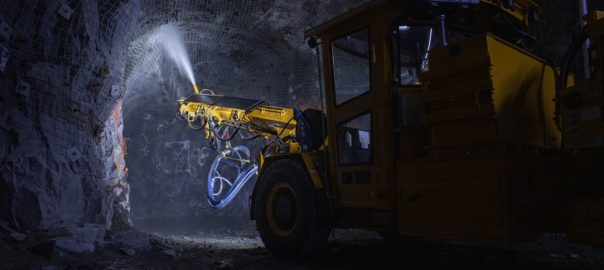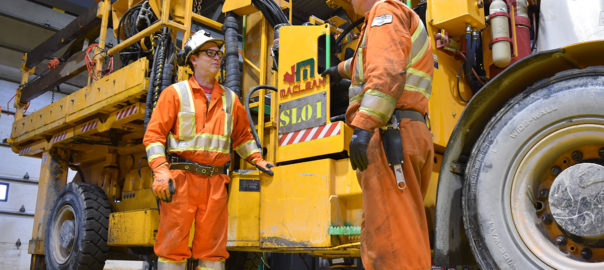Batt Mobile Equipment Pty Ltd, based in Tomago, New South Wales, has been given a boost in its pursuit to electrify the mining sector, having been awarded a A$4.55 million ($3.35 million) grant to build heavy-duty battery-electric vehicles for underground-hard rock mines as part of the Australian government’s Modern Manufacturing Initiative (MMI).
It has become one of eight companies to have a project funded in the Resources Technology and Critical Minerals Processing sector, as part of the first round of the A$1.3 billion MMI.
Minister for Industry, Science and Technology, Christian Porter, said: “Australia’s resource sector is world-class. Through our A$1.3 billion Modern Manufacturing Initiative, we are helping to unlock the enormous potential by providing targeted support for projects that will deliver big rewards for our local economy, generate more export earnings and create new jobs.”
Batt Mobile Equipment will use the $4.55 million to build “heavy battery-electric vehicles for underground hard-rock mines, delivering Australia’s first commercially and operationally viable alternative to a diesel fleet”, the government said in its press release. “This would catalyse the electrification of global hard-rock mines, and deliver emission reduction, safety and productivity outcomes.”
In partnership with 3ME Technology and Aeris Resources – with support from METS Ignited – Batt Mobile Equipment delivered the TRITEV 20 t Integrated Tool-Carrier (IT, pictured), being trialled at Aeris’ Tritton mine in the state.







